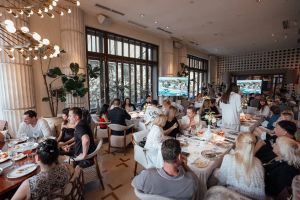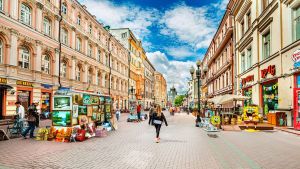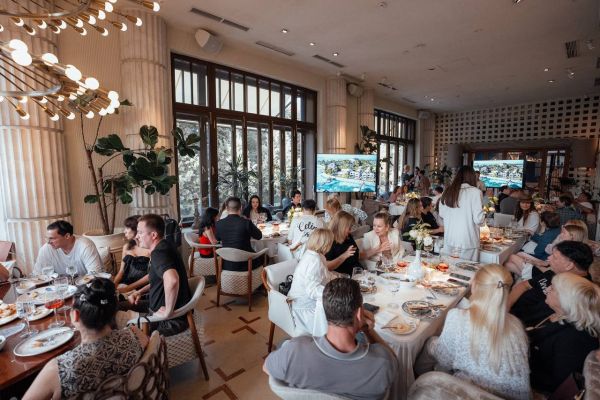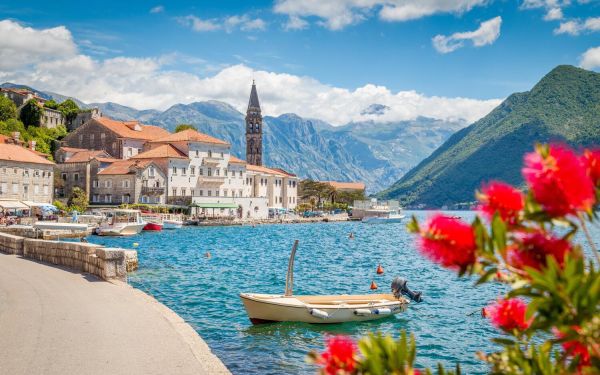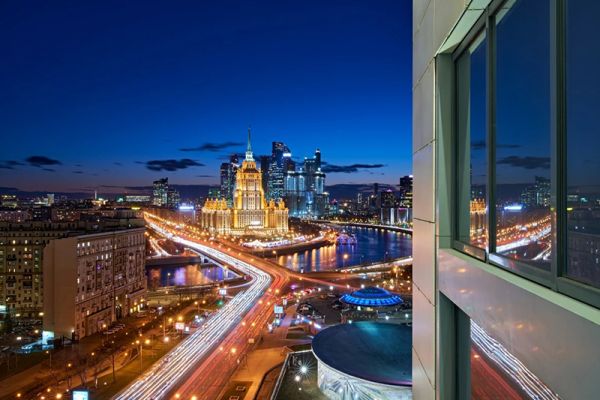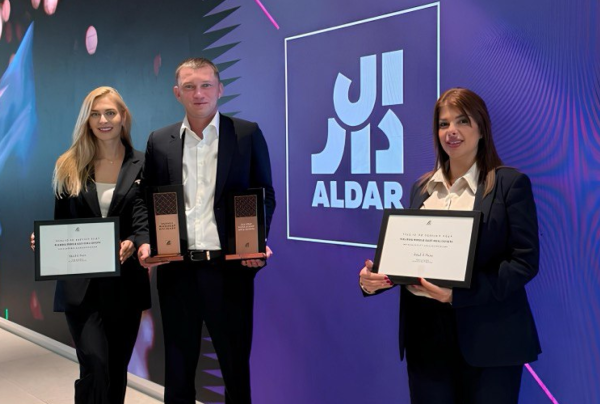During the reconstruction of historical buildings, a developer can earn $1-2 million.
This type of development cannot be classified as high-margin, but it does come with its fair share of risks. It is mostly of interest to small companies or private investors. Large developers only engage in the renovation of buildings with a historical background in the case of comprehensive territory development.
Most developers would say it is better to demolish and build anew rather than engage in reconstruction. However, Savills estimates that about a dozen projects involving the controlled renovation of historical buildings are implemented in the Moscow market every year. Olga Shirokova, Director of the Consulting Department at Knight Frank, explains that there is currently no fear of difficult sites. Renovated buildings are usually located in the city center, which significantly increases the project's liquidity. "A private investor can purchase an old mansion from the owners, relocate residents, and transform the building into an elite complex, or win a tender for the sale of distressed or emergency city property," lists Dmitry Khalin, Managing Partner at Savills, citing current opportunities for developers.
Furthermore, unlike in Europe where strict rules pose problems for developers when it comes to implementing modern communications (such as air conditioning), in Russia, after reconstruction, mainly load-bearing elements and structural walls remain. The interior, as a rule, is changed to accommodate current comfort standards.
The press service of Moscow's tender committee reported that investors spent seven hours negotiating the former income house of Kekusheva on Ostozhenka. As a result, it was sold for 34% more than the starting price, with the company "RPA Estate" purchasing the house for 390 million rubles. Gennady Degtyev, head of the tender committee, advised investors to "pay closer attention to the proposals of objects that the city is ready to involve in economic circulation. Among them, there are many interesting ones." The press service could not provide "Vedomosti" with more detailed information about upcoming city auctions.
Halin estimates the investor's benefit from such projects at $1-2 million. Updated mansions can be offered on the market at prices starting from $15,000 per square meter. However, there are plenty of problems. Only a "friendly bank" will provide credit for the project, and at no less than 25-30% annual interest. Serious issues can arise during the process, both related to incorrectly executed documents and the condition of the property itself. "You can scrape off the plaster and discover unique stucco that will need to be restored in its original form," provides an example Alexander Golubev, Director of the Sales Department at Insigma. Therefore, an old monument, especially one of federal significance, is always a gamble. It is difficult to immediately assess the real costs of its reconstruction, she admits.
One of the advantages can be attributed to the relatively short investment turnaround cycle: it can take up to five years to build a luxury new building, while a reconstruction project typically takes one and a half to two years. For example, the company Vesper worked on the renovation of the "Sheremetyevskoye Podvorye" for two years. As a result, the St. Nickolas apartment complex appeared on Nikol'skaya Street. The facade was restored, load-bearing walls were reinforced, stucco work was restored, and so on. The investment in the project amounted to approximately $55 million. Nikolay Lyashenko, a partner at the bureau "Cimailo, Lyashenko and Partners" (the project's architect), says that the cost of such projects is about 1.5 to 2 times higher than that of new construction: "The less harm we want to do to the building, the more expensive it is for the developer." Golubeva from Insigma estimates the developer's costs for the reconstruction of a historic building at 200,000 rubles or more per square meter, "the major repairs of a regular building would cost 100,000 to 150,000 rubles." According to her, the internal rate of return should be at least 20%, "ideally 30%, there are no gigantic profits." Moreover, this is always a spot development, and during its process, costs can significantly increase.
On the other hand, a restored historic building can become a developer's hallmark. For example, "Gals Development" undertook the reconstruction of the former winery of Pyotr Smirnov "not at the insistence of ArchNadzor, but with the aim of creating an image project that would bring positive economic and social effects," notes Leonid Kaprov, vice-president of the company. Now the Wine House is almost completed. A small reconstructed mansion, where 75% of the apartments were sold in one and a half years (currently 1 square meter costs from 350,000 to 480,000 rubles), is adjacent to an impressive new building. Shirokova considers this experiment successful - the developer harmoniously incorporated the decaying building into the overall project of a residential quarter: "Elite clients have warm emotions towards historical structures. Sometimes, when they come to see the new building, they spontaneously decide to buy an apartment in the mansion." Kaprov says that buyers of historical lofts are a specific clientele, they will not take apartments at the foundation stage, although they can save money, but they prefer to wait for the completion of construction (the reconstruction of the mansion was completed in 2013).
The market for high-quality club houses within the historic center of Moscow is very limited, they have a high potential demand, notes Ekaterina Rumyantseva, chairman of the board of directors of Kalinka Group (her company is currently selling a restored former rental house in Hlebny Pereulok). However, adds Khalin, sometimes the investor himself dreams of living in a historic building. In that case, they create a project for themselves, selling several apartments on the side to recoup the investment.
Read also
Stay up to date with the latest news
We promise to send only interesting and important articles.

